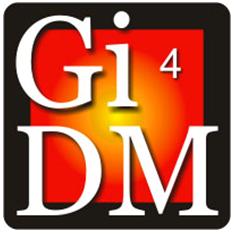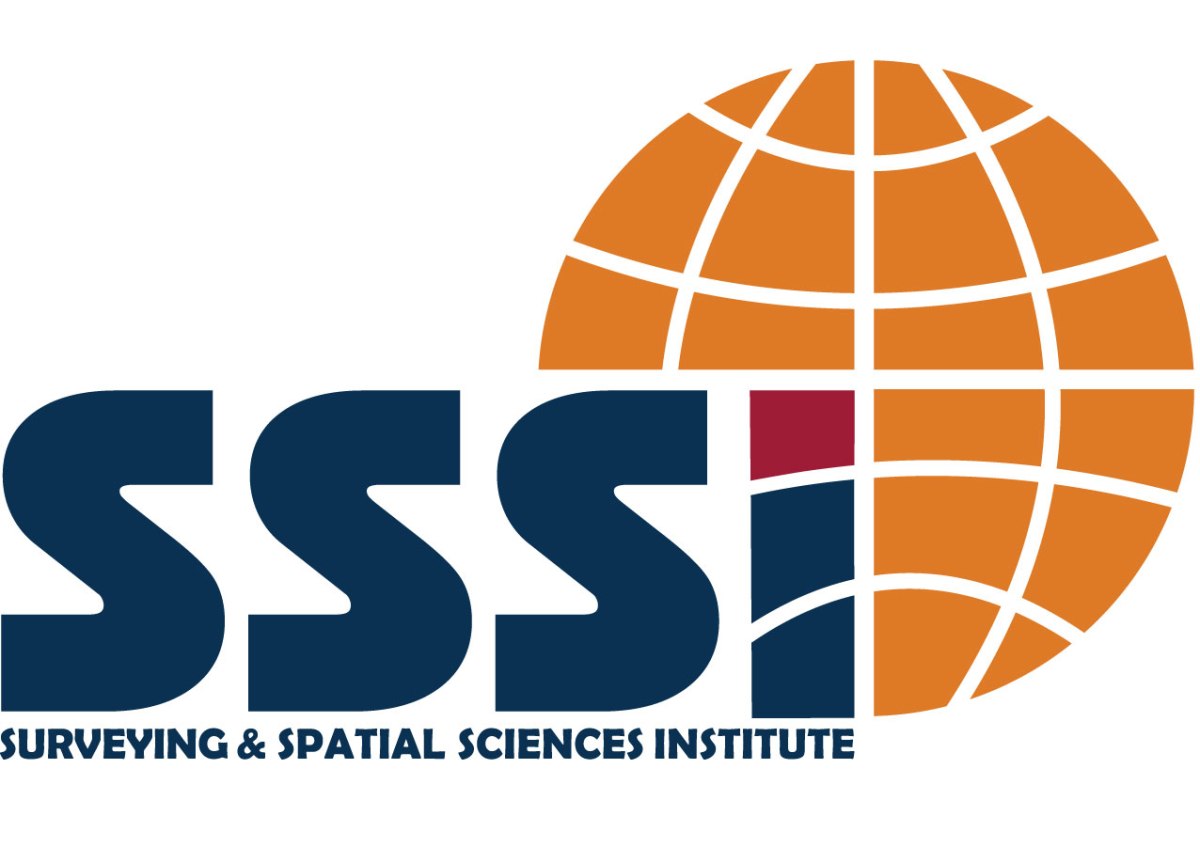The challenge
Across the world, nature-triggered disasters fuelled by climate change are worsening. Some two billion people have been affected by the consequences of natural hazards over the last ten years, 95% of which were weather-related (such as floods and windstorms). Fires swept across large parts of California, and in Australia caused unprecedented destruction to lives, wildlife and bush.
This picture is likely to become the new normal, and indeed may worsen if unchecked. The Intergovernmental Panel on Climate Change (IPCC) estimates that in some locations, disaster that once had a once-in-a-century frequency may become annual events by 2050.
Disaster management needs to keep up. Good cooperation and coordination of crisis response operations are of critical importance to react rapidly and adequately to any crisis situation, while post-disaster recovery presents opportunities to build resilience towards reducing the scale of the next disaster. Technology progress to support crisis response has advanced greatly in the last few years. Systems for early warning, command and control, decision-making have been successfully implemented in many countries and regions all over the world. Efforts to improve humanitarian response, in particular in relation to combating disasters in rapidly urbanising cities, have also led to better approaches that grapple with complexity and uncertainty.
The challenges however are daunting. Many aspects related to the efficient collection and integration of geo-information, applied semantics and situation awareness for disaster management are still open, while agencies, organisations and governmental authorities need to improve their practices for building better resilience.
Exploring technology and resilience
This event explores two interlinked aspects of disaster management in relation to climate change. The first is geo-information technologies. Issues include, but are not limited to: semantics and geo-information technologies and their application for work in crisis situations; and, sensor and communication networks and their roles for improving situational awareness.
The second aspect is resilience, and its role and purpose across the entire cycle of disaster management, from pre-disaster preparedness to post-disaster recovery. Issues include, but are not limited to challenges and opportunities in relation to rapid urbanisation, and the role of security in improved disaster management practices.
This event will explore technology and resilience by bringing together three conferences:
Geographic Information for Disaster Management (Gi4DM)
Gi4DM is an annual conference devoted to the use and application of geo-information technology in disaster management. The fundamental goal of the conference is to provide a forum where disaster managers, stakeholders, researchers, data providers and system developers can discuss challenges, share experience, discuss new ideas, demonstrate technology and analyse future research toward better support of risk and disaster management activities. Gi4DM 2020 is the 13th edition of this conference. You can visit the previous GI4DM conferences.
SSSI NSW & WA Online Conference
The Surveying & Spatial Sciences Institute (SSSI) is Australia and New Zealand’s peak body representing the interests of surveying and spatial science professionals. The SSSI NSW & WA regions are joining together to hold a half day online conference on the application of geospatial for climate change and disaster management. This is being held on the afternoon of Monday 30 November and will focus on case studies, technologies and interactive engagement. Click here for more information on the event.
Urban Resilience Asia Pacific 2 (URAP2)
Please visit the URAP2 webpage for more information
Who should attend?
This event aims to be cross-disciplinary, and in particular aims to foster collaborations and learnings by bringing together diverse stakeholders focused on disaster management. This event therefore is for researchers (from all disciplines), practitioners (from responding agencies, government departments, NGOs, private sector and civil society organisations), and technology developers.




